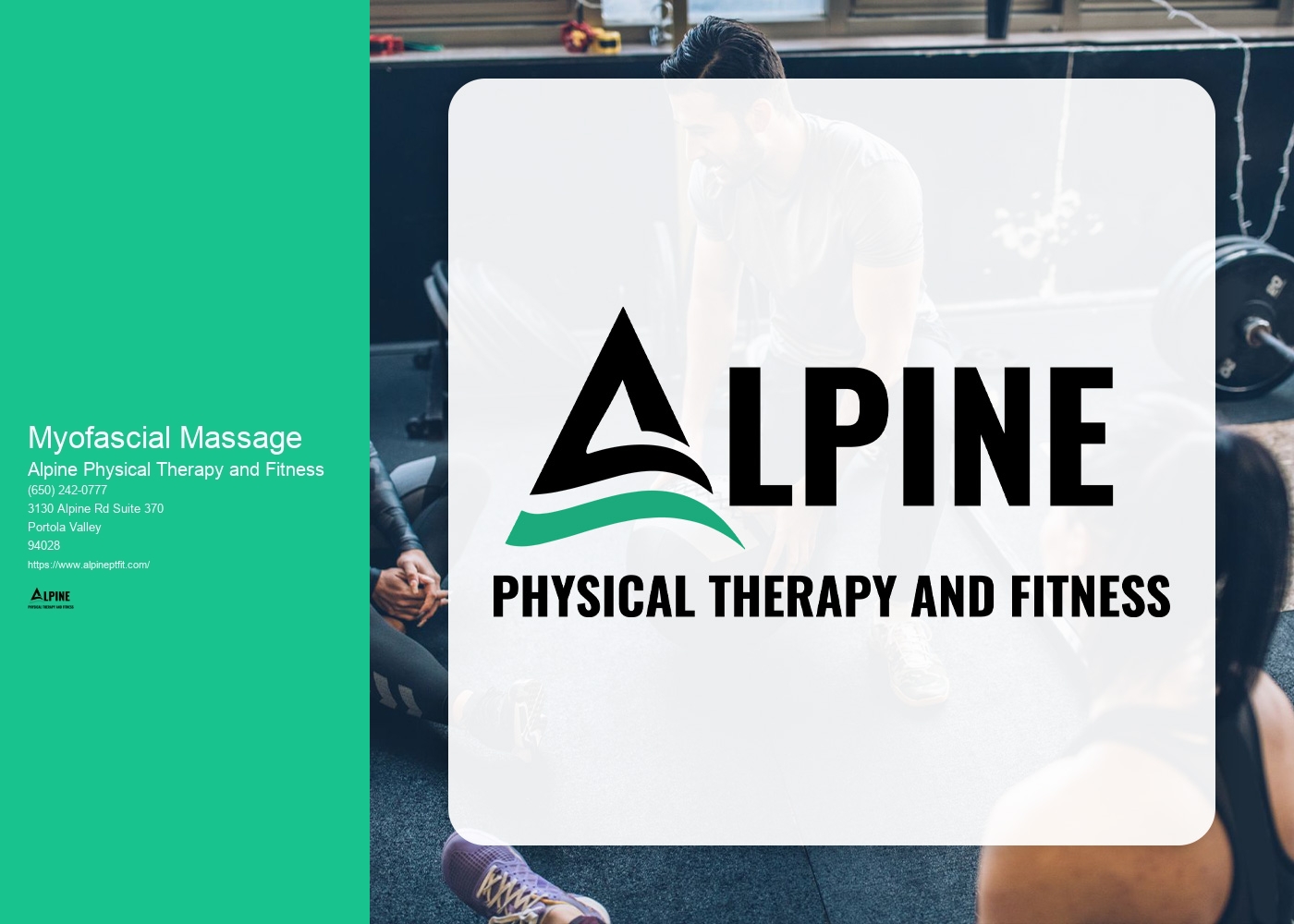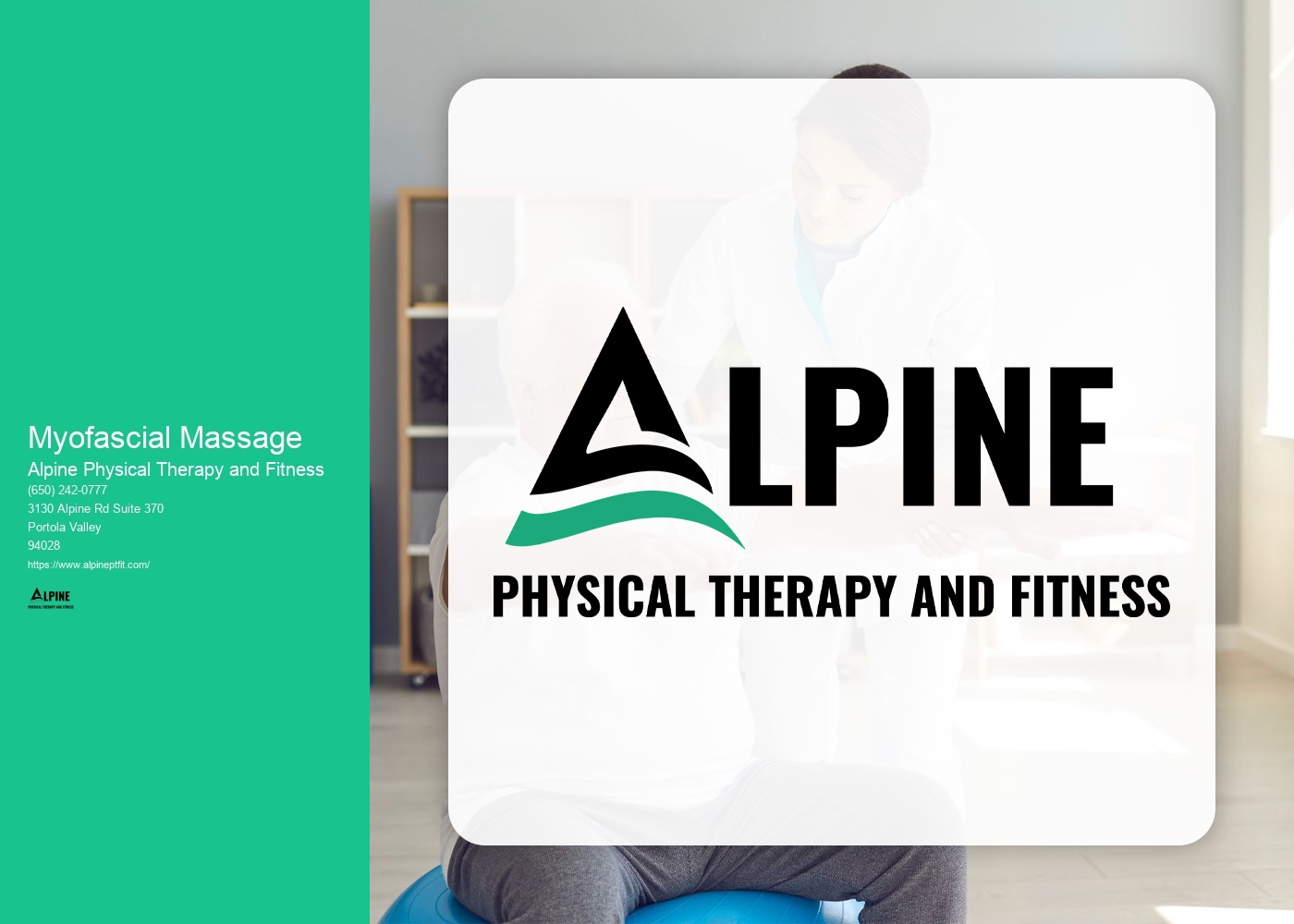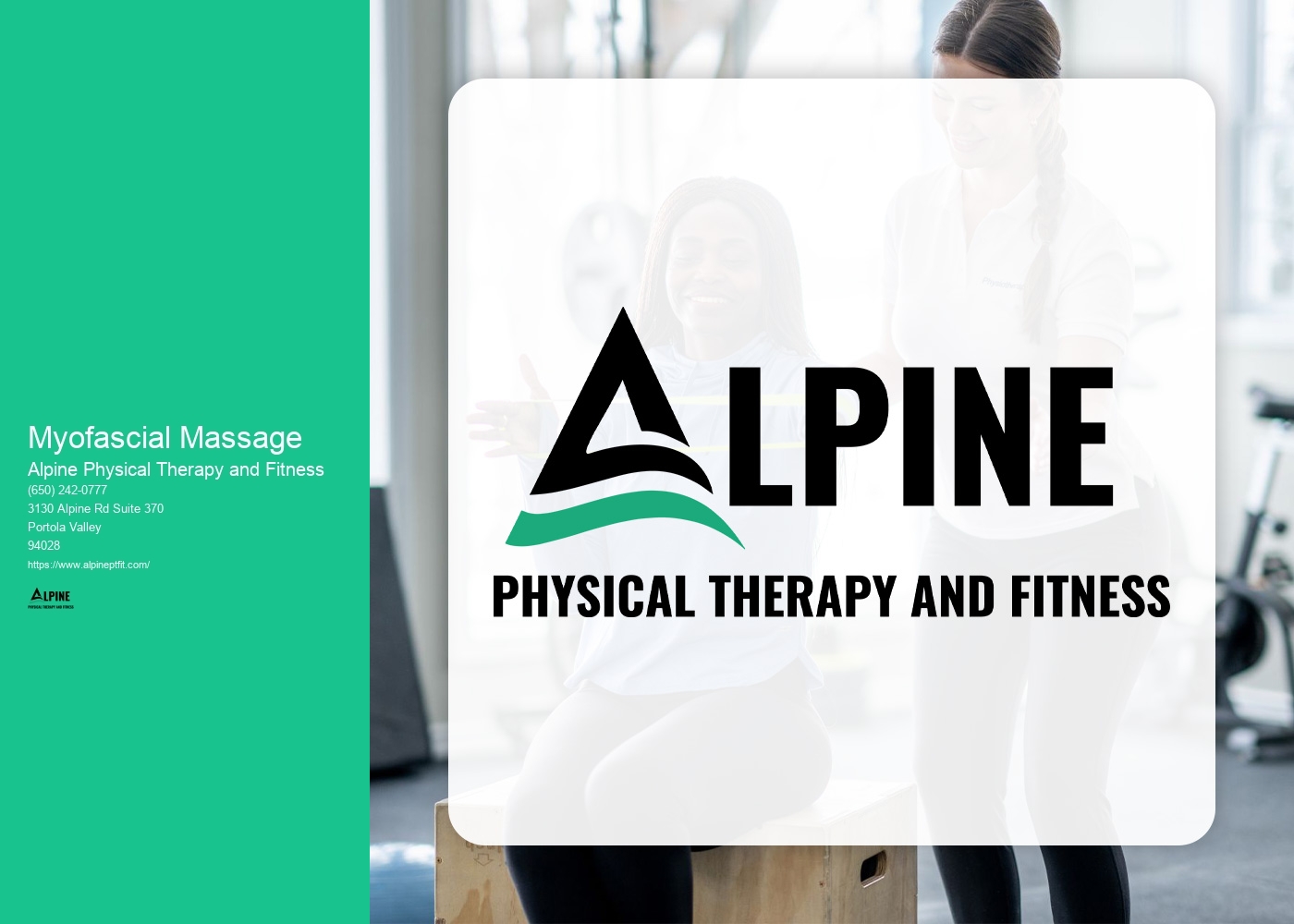

Myofascial massage is a specialized form of massage therapy that focuses on releasing tension and restrictions in the fascia, a connective tissue that surrounds and supports muscles, bones, and organs. Unlike other types of massage that primarily target the muscles, myofascial massage works on the fascia to improve mobility and alleviate pain. It involves applying sustained pressure and stretching techniques to release adhesions and restore the natural movement of the fascia.
Myofascial massage can be beneficial for a variety of conditions and issues. It is commonly used to treat chronic pain, such as fibromyalgia, back pain, and headaches. It can also help with postural imbalances, sports injuries, and scar tissue. Additionally, myofascial massage can improve flexibility, range of motion, and overall body alignment.
The main goal of myofascial massage is to release tension and restrictions in the fascia, which can become tight and restricted due to trauma, inflammation, or poor posture. By applying sustained pressure and stretching techniques, the massage therapist can help break up adhesions and restore the natural glide of the fascia. This can improve mobility, reduce pain, and enhance overall function. The therapist may also use tools, such as foam rollers or massage balls, to target specific areas of tension.

While myofascial massage is generally safe, there are some potential side effects and risks to be aware of. Some individuals may experience temporary soreness or bruising after a session, especially if the fascia is particularly tight or restricted. It is important to communicate with the massage therapist about any discomfort or pain during the session, as they can adjust the pressure and techniques accordingly. It is also advisable to consult with a healthcare professional before undergoing myofascial massage if you have any underlying medical conditions or are taking medications that may affect your response to the treatment.
The number of sessions needed to see results from myofascial massage can vary depending on the individual and the specific condition being treated. Some people may experience relief after just one session, while others may require multiple sessions over a period of time. The massage therapist will typically assess your condition and develop a treatment plan tailored to your needs. It is important to follow the recommended treatment schedule and communicate with the therapist about your progress and any changes in symptoms.

Myofascial massage can be uncomfortable at times, especially when working on areas of tension or adhesions. However, it should not be excessively painful. The therapist will work within your comfort level and adjust the pressure and techniques as needed. It is important to communicate with the therapist throughout the session and provide feedback on your comfort level. Some individuals may experience temporary discomfort or soreness after the session, but this should subside within a day or two.
Whether myofascial massage is covered by insurance or considered an out-of-pocket expense can vary depending on your insurance provider and policy. Some insurance plans may cover massage therapy if it is deemed medically necessary and prescribed by a healthcare professional. However, coverage can be limited and may require pre-authorization or a referral. It is advisable to check with your insurance provider to determine your specific coverage and any requirements. If myofascial massage is not covered by insurance, it is typically an out-of-pocket expense. However, some employers offer flexible spending accounts or health savings accounts that can be used to cover the cost of massage therapy.

Yes, there are specialized therapies available for children with cerebral palsy. These therapies are designed to address the specific needs and challenges faced by children with this condition. Some of the specialized therapies include physical therapy, occupational therapy, speech therapy, and aquatic therapy. Physical therapy focuses on improving mobility, strength, and coordination through exercises and stretches. Occupational therapy helps children develop skills for daily activities such as dressing, eating, and writing. Speech therapy aims to improve communication skills, including speech and language development. Aquatic therapy utilizes the properties of water to provide a low-impact environment for movement and exercise. These specialized therapies are tailored to the individual needs of each child with cerebral palsy, helping them improve their quality of life and reach their full potential.
Physical therapy plays a crucial role in managing hip labral tears by providing targeted exercises and interventions to improve pain, mobility, and function. The therapist will design a personalized treatment plan that may include manual therapy techniques such as joint mobilizations and soft tissue mobilizations to reduce pain and improve joint mechanics. They may also incorporate therapeutic exercises to strengthen the surrounding muscles, improve stability, and restore normal movement patterns. Additionally, physical therapy may involve modalities such as heat or ice therapy, electrical stimulation, and ultrasound to further alleviate pain and promote healing. By addressing the underlying causes and symptoms of hip labral tears, physical therapy can help individuals regain optimal hip function and prevent future injuries.
The process of rehabilitating an athlete after an ACL tear involves a comprehensive and structured approach to ensure a safe and effective recovery. The first step is typically focused on reducing pain and swelling through the use of ice, compression, and elevation. Physical therapy plays a crucial role in the rehabilitation process, with exercises aimed at improving range of motion, strength, and stability of the knee joint. These exercises may include quadriceps and hamstring strengthening, balance and proprioception training, and functional movements specific to the athlete's sport. Gradually, the athlete will progress to more advanced exercises, such as plyometrics and agility drills, to restore power and agility. Throughout the rehabilitation process, close monitoring and regular assessments are conducted to track progress and make any necessary adjustments to the treatment plan. Additionally, a gradual return to sport protocol is implemented to ensure the athlete is ready to safely resume their athletic activities. This may involve sport-specific training, simulated game situations, and a focus on mental readiness. Overall, the rehabilitation process after an ACL tear requires patience, dedication, and collaboration between the athlete, medical professionals, and coaches to achieve optimal outcomes.
Exercise prescription plays a crucial role in cardiovascular and pulmonary rehabilitation. It involves the development of a tailored exercise program that is specifically designed to address the individual needs and goals of patients with cardiovascular and pulmonary conditions. The prescription takes into account factors such as the patient's current fitness level, medical history, and any limitations or contraindications they may have. The program typically includes a combination of aerobic exercise, resistance training, and flexibility exercises, all of which are aimed at improving cardiovascular and pulmonary function, increasing endurance, and enhancing overall physical fitness. The exercise prescription is carefully monitored and adjusted as needed to ensure that patients are progressing safely and effectively towards their rehabilitation goals. By following a well-designed exercise prescription, patients can experience significant improvements in their cardiovascular and pulmonary health, leading to enhanced quality of life and reduced risk of future complications.
Physical therapists play a crucial role in working with children who have developmental delays. They employ a variety of techniques and interventions to help these children improve their motor skills, coordination, balance, and overall physical abilities. Physical therapists may use exercises, stretches, and activities that are specifically designed to target the areas of development that need improvement. They may also incorporate play-based therapy, using toys and games to engage the child and make therapy sessions more enjoyable. Additionally, physical therapists may collaborate with other healthcare professionals, such as occupational therapists and speech therapists, to ensure a comprehensive approach to the child's development. Through their expertise and specialized knowledge, physical therapists are able to provide individualized care and support to children with developmental delays, helping them reach their full potential.